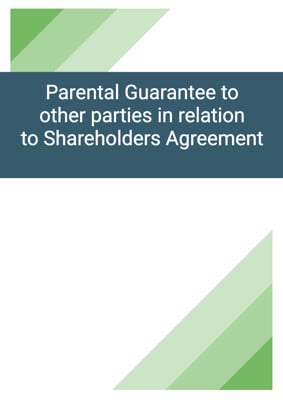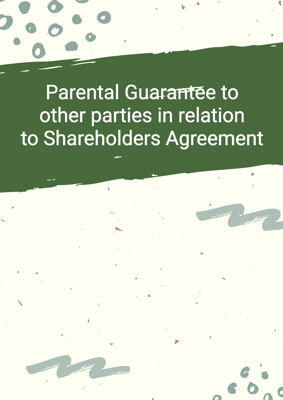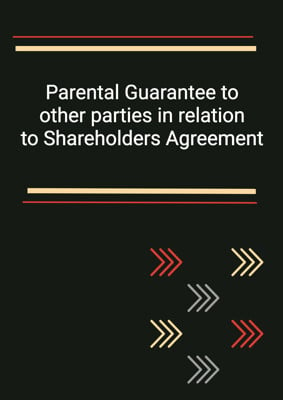How to Tailor the Document for Your Need?
01
Create Document
Fill in the details of the parties. You can click the "Fill with Member’s Information" button to complete it with information saved to your account.
02
Fill Information
Please fill in any additional information by following the step-by-step guide on the left hand side of the preview document and click the "Next" button.
03
Get Document
When you are done, click the "Get Document" button and you can download the document in Word or PDF format.
04
Review Document
Please get all parties to review the document carefully and make any final modifications to ensure that the details are correct before signing the document.
Document Preview
Document Description
The Shareholders Agreement is a legally binding document that outlines the terms and conditions governing the relationship between the shareholders of a company. It is entered into by Party 1, Party 2, Party 3, Party 4, and Party 5, who have jointly invested in a company and intend to carry out business in a specific territory. The agreement sets out the purpose of the company, the characteristics of the company, and the capital and further finance arrangements. It also establishes the board and management structure, outlines the reserved matters that require the approval of the shareholders, and addresses financial matters such as accounting principles and dividend policy. The agreement includes provisions for confidentiality, non-competition, regulatory matters, and the transfer of shares. It also covers termination events, default, and the obligation of each party to exercise their rights and powers to ensure the fulfillment of the agreement. The agreement is governed by the laws of the applicable territory and any disputes are subject to the exclusive jurisdiction of the courts in that territory.
How to use this document?
1. Review the Shareholders Agreement carefully to understand the terms and conditions governing the relationship between the shareholders.
2. Ensure that all parties involved in the agreement are clearly identified, including their principal place of business.
3. Familiarize yourself with the purpose of the company and the business it intends to carry out.
4. Understand the capital and further finance arrangements, including the issuance of new shares and the funding support by the parties.
5. Take note of the board and management structure, including the responsibilities of the board and the quorum for board meetings.
6. Pay attention to the reserved matters that require the approval of the shareholders, as well as the procedures for obtaining such approval.
7. Review the financial matters, such as the accounting principles, auditors, and dividend policy.
8. Ensure compliance with the confidentiality obligations outlined in the agreement.
9. Be aware of the non-competition restrictions and exceptions.
10. Cooperate with the other party in regulatory matters and seek to reconcile any regulatory requirements with the business arrangement.
11. Understand the relationship with each party's group and the obligations related to contracts and claims.
12. Comply with the tax matters provisions and cooperate in making any necessary returns, claims, or elections.
13. Familiarize yourself with the provisions regarding the transfer of shares, including the restrictions, permitted transfers, and rights of the continuing party.
14. Take note of the termination events and the rights and obligations that arise in such circumstances.
15. In case of default, follow the procedure for notifying and resolving the breach of the agreement.
16. Be aware of the provisions regarding further assurances and the exercise of rights and powers.
17. Understand the provisions regarding notices, including the methods of communication and the addresses for service.
18. Seek legal advice if necessary to ensure a clear understanding of the agreement and its implications.
19. Keep in mind that this guidance is for informational purposes only and does not constitute legal advice. Consult with a legal professional for specific advice related to your situation.
Not the right document?
Don’t worry, we have thousands of documents for you to choose from:


























